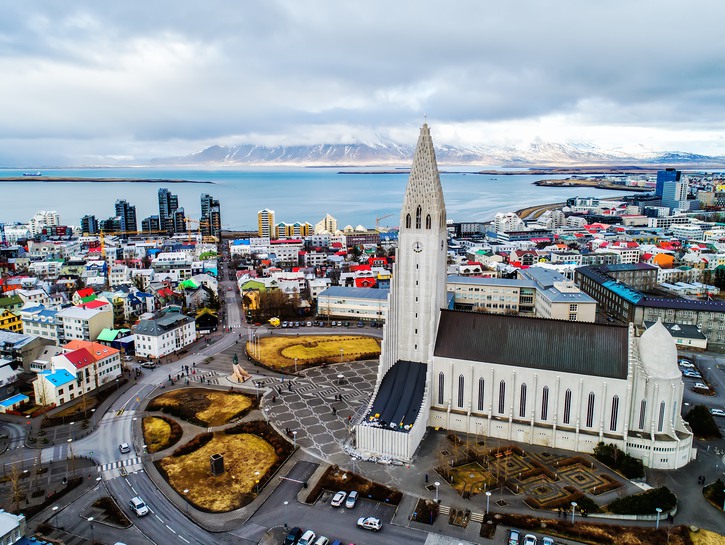Mosquitoes are a nuisance at best and deadly at worst, but what are they for the citizens of Iceland? Well, they’re simply non-existent.
While the blood-sucking insects ruin plenty of normally peaceful summer evenings here in America, they have killed millions of people across the world by spreading such diseases as Zika Virus, Malaria, West Nile, and countless others throughout the course of history. But in the Nordic island country in the North Atlantic Ocean, they can only be seen in books, magazines, and websites just like this one.
But why? Why is Iceland spared from the devastation of one of the world’s most prolific killers?

Mosquitoes can be found at nearly all four corners of the world, but not in Iceland. According to the Icelandic Web of Science, there are two types of mosquitoes in Greenland, 28 in Norway and Britain, and another 41 in countries to the East of Iceland. But even with Iceland neighboring countries having an abundance of the annoying insects, there are none in Iceland, which is probably due to Iceland’s arctic conditions.
According to IWOS:
“In Greenland and Northern Scandinavia, the [mosquito] pupa hibernates beneath ice during the winter and hatches as a fly as soon as the ice melts. This happens in spring, as polar winters are continuous. Icelandic winters are variable. There can be a sudden rise in temperature in the middle of winter, with a thaw, then the temperature will drop again.
Under these conditions, the pupa would hatch. The mosquito would then need to find prey from which to suck blood, then it would need several days for the eggs to mature, to meet a mate and lay the eggs in a pond or marsh. Changes in climate in Iceland are so rapid that the mosquito does not have sufficient time to complete its lifecycle. Under these conditions, the pupa would not be mature when temperatures dropped again and ice formed on the ponds.”

But hey, don’t feel too bad for our friends up north; they still have a whole host of bloodsucking insects to deal with, even in those conditions. The natives of Iceland still have to worry about lice, fleas, bedbugs, and midges, which are often confused for their bloodsucking relatives… mosquitoes.
